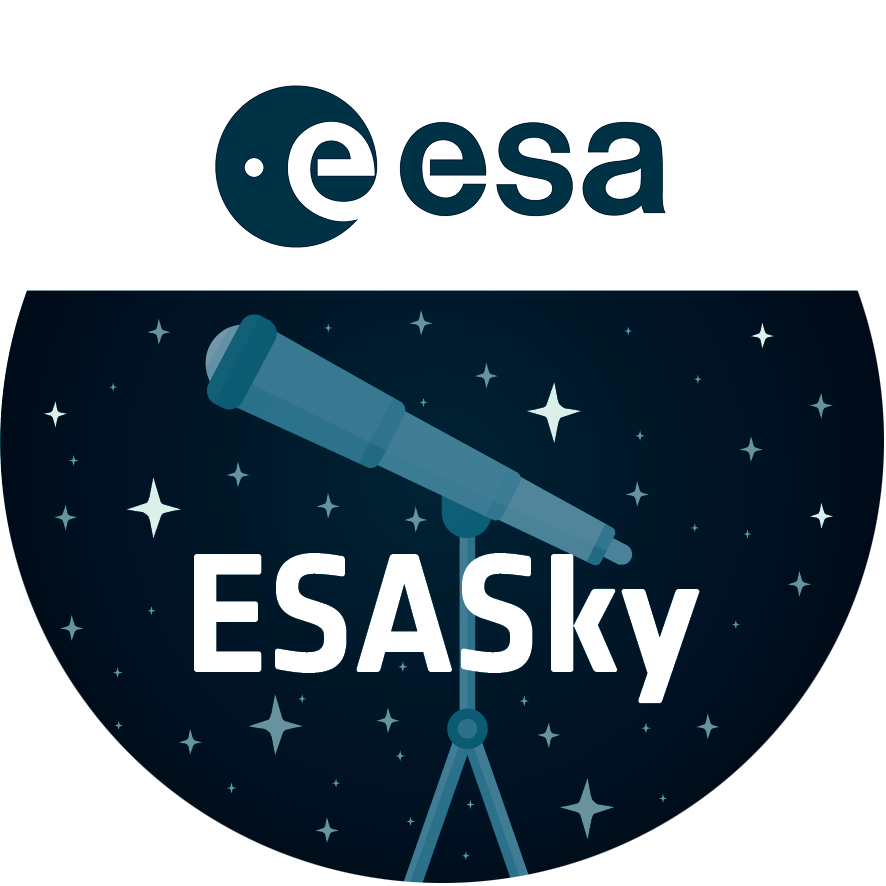Globular Cluster NGC 1466
This image from the NASA/ESA Hubble Space Telescope reveals an ancient, glimmering ball of stars called NGC 1466. It is a globular cluster — a gathering of stars all held together by gravity — that is slowly moving through space on the outskirts of the Large Magellanic Cloud, one of our closest galactic neighbours.
NGC 1466 certainly is one for extremes. It has a mass equivalent to roughly 140 000 Suns and an age of around 13.1 billion years, making it almost as old as the Universe itself. This fossil-like relic from the early Universe lies some 160 000 light-years away from us.
NGC 1466 is one of the 5 clusters in the LMC in which the level of dynamical evolution (or "dynamical age") was measured.
Credit:ESA/Hubble & NASA
About the Image
| Id: | potw1852a |
|---|---|
| Type: | Observation |
| Release date: | 24 December 2018, 06:00 |
| Related releases: | heic1915 |
| Size: | 3191 x 3161 px |
About the Object
| Name: | NGC 1466 |
|---|---|
| Type: | Milky Way : Star : Grouping : Cluster : Globular |
| Distance: | 150000 light years |
| Constellation: | Hydrus |
| Category: | Star Clusters |
Coordinates
| Position (RA): | 3 44 32.99 |
|---|---|
| Position (Dec): | -71° 40' 15.92" |
| Field of view: | 2.66 x 2.64 arcminutes |
| Orientation: | North is 104.9° left of vertical |
Colours & filters
| Band | Wavelength | Telescope |
|---|---|---|
| Optical u | 336 nm |
Hubble Space Telescope
WFC3 |
| Optical V | 606 nm |
Hubble Space Telescope
ACS |
| Optical I | 814 nm |
Hubble Space Telescope
ACS |


